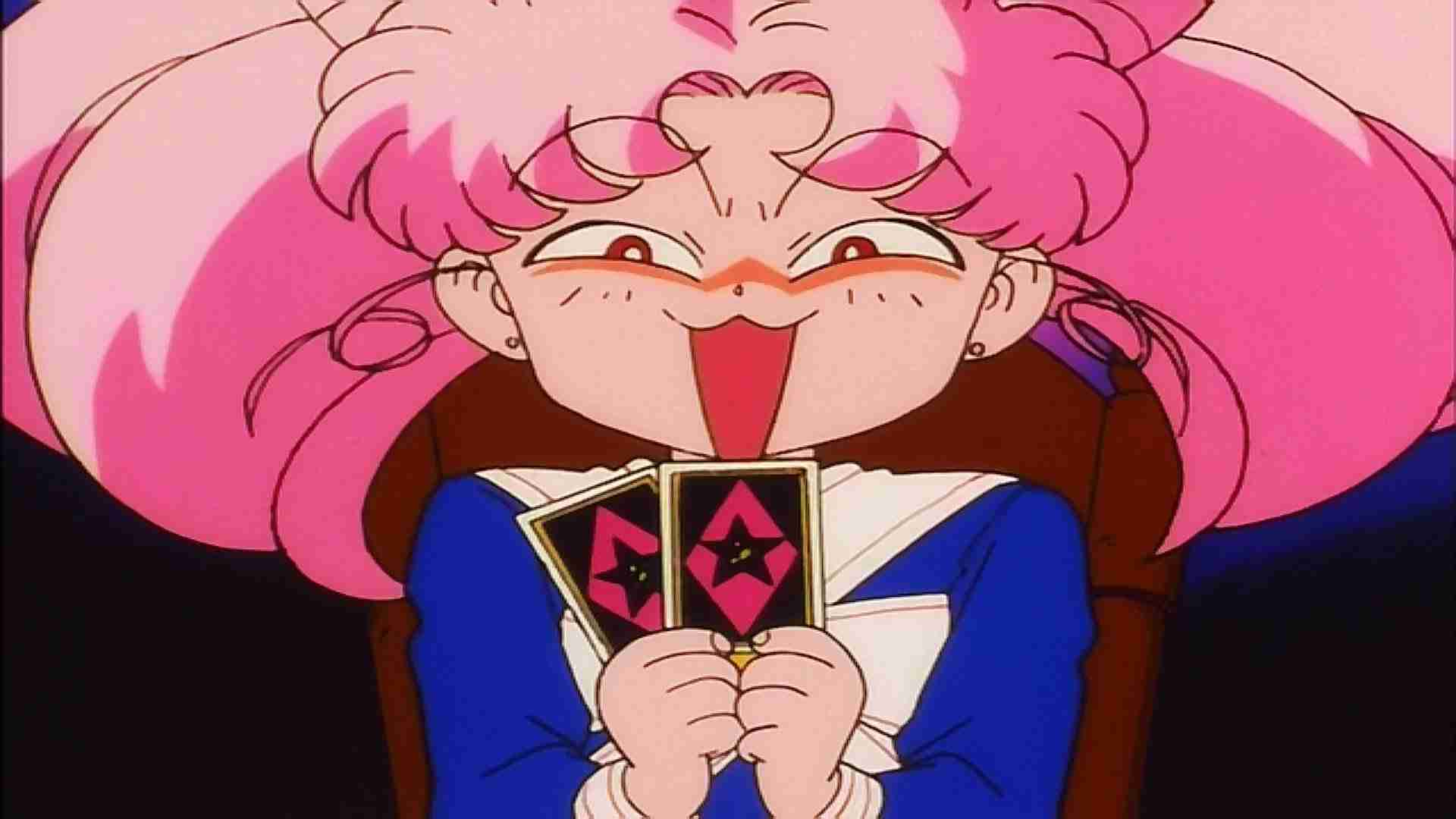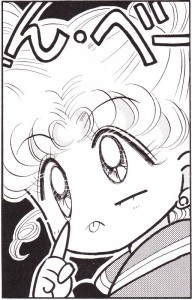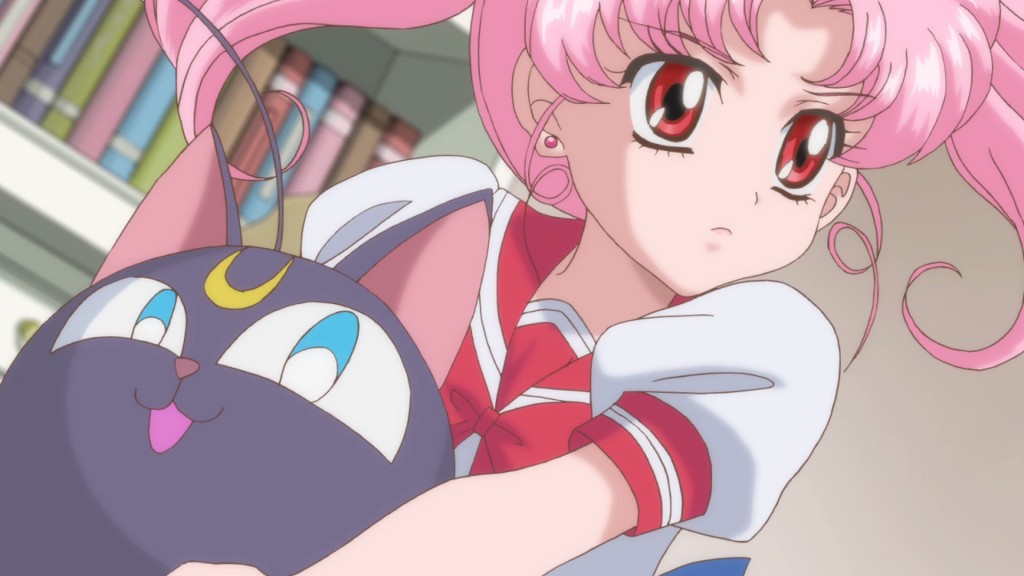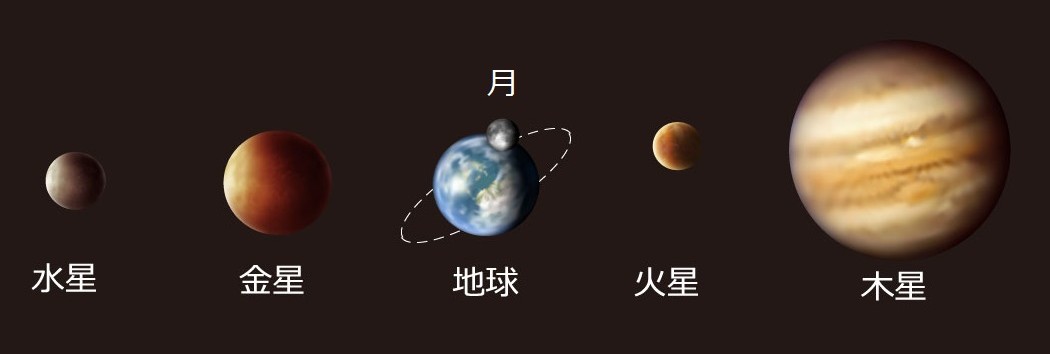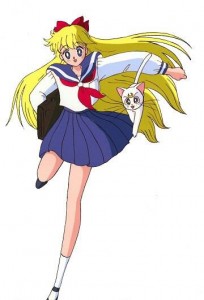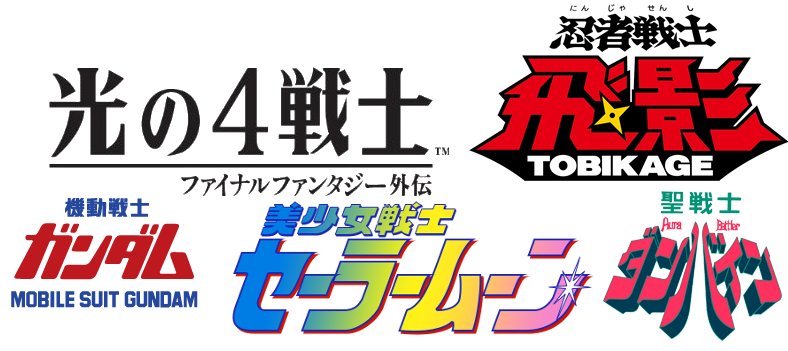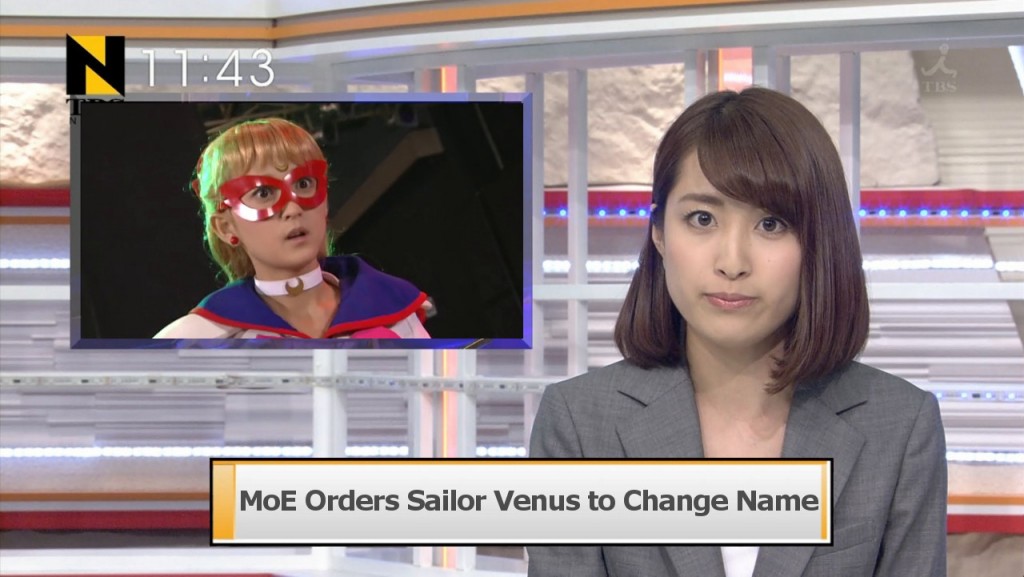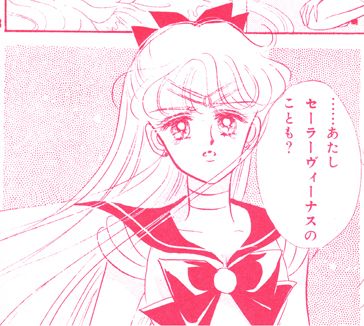What’s in a name? That’s a question we’ve asked many times already, but it’s always worth taking another look at the characters we love just a little bit closer and see if there’s something more to find out about them in something as simple as what we call them. If you want to talk about name mysteries, ChibiUsa definitely has a lot to offer to the conversations — she has a pretty long name after all! Her official name is Usagi Small Lady Serenity,1 though she’s typically referred to as ChibiUsa (Sailor Pluto, however, typically prefers Small Lady in the Black Moon Family arc) in order to avoid confusion with Usagi. So where does the Small Lady name come from?
Though Naoko has never officially remarked on this in detail, we can make some interesting inferences from what we know about language use in manga.
What’s interesting about the Small Lady name is that it’s already written either in roman characters as “S L” or written out in the Japanese phonetic alphabet, katakana, which is used for foreign words and sound effects.2 Though at first glance, this may imply that there’s no deeper meaning to be had, but that leads us into an interesting use of language in manga: very often, authors will intentionally apply kanji to Western words (to give them context) or will read a kanji with a Western word. One of the more famous examples is the first appearance of Super Saiyans in the Dragon Ball manga. What we all know of as Super Saiyan can be written in Japanese as either スーパーサイヤ人 (su-pa-saiyajin) or as 超サイヤ人 (su-pa-saiyajin),3 though it’s interesting to note that 超 should be read as chou and cannot be read as “super.”4
So why all this talk about Dragon Ball? Well, it was an anime and manga contemporary to Sailor Moon so we know that the phenomenon was already common at the time and gives credence to the idea that there might be some deeper meaning to the Small Lady name. Fortunately for us, the options are pretty limited, but the most likely choice for a kanji reading for Small Lady is: 少女 (shoujo; lit. small lady / maiden)5 If that sounds familiar to you, well, it should: these are the very same characters used in the title of the series: 美少女戦士セーラームーン (bishoujo senshi se-ra-mu-n; Pretty Soldier Sailor Moon). An alternative literal kanji choice would also be 乙女 (otome; lit. small lady / maiden). You would probably recognize this word as the ending theme to the Sailor Moon R anime: 乙女のポリシー (otome no porishi-; Maiden’s Policy).6 More likely than not, the Small Lady name is in reference to the very term her mother, Usagi, used to refer to herself as a sailor-suited soldier of justice.
The story with ChibiUsa’s name is interesting in general due to the Serenity name connecting her to her mother and even down the line to her grandmother. Even more interesting is that she doesn’t seem to be given a last name (neither Tsukino nor Chiba), which implies that the people of Crystal Tokyo don’t use last names. It may be a small detail, but I’m glad to see that Usagi maintained her independence, even through marriage!
